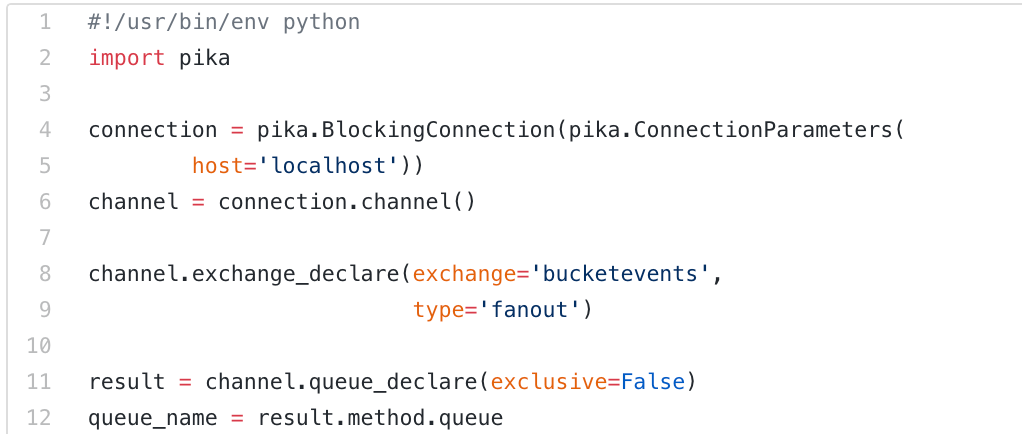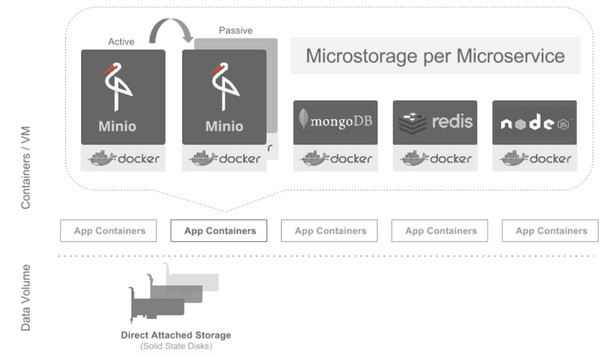Tiering, Active Active Replication and Continuous Data Protection - Critical Capabilities in the Cloud: CFD11 Deep Dive Session Two

The MinIO team is immensely proud of what we have been able to build in the high performance object storage, so we relished the opportunity to showcase our ever-growing functionality at Cloud Field Day in June. After beginning with a high-level overview, we got the chance to dive deeper into MinIO’s various features that put it at the cutting
Read more










